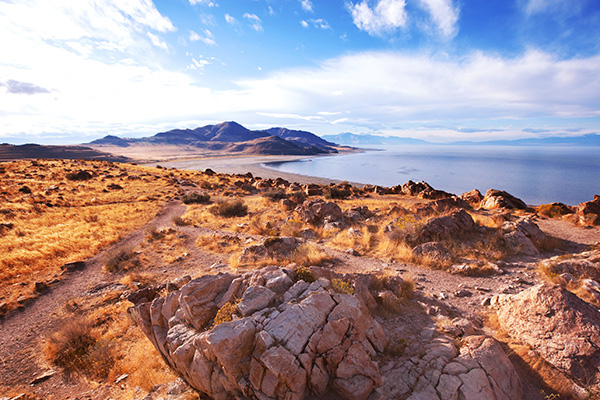
Full Text:
Beneath the peaceful rolling waves of a lake is a rumble, imperceptible to all but seismometers, that ripples into the earth like the waves ripple along the shore. Scientists report that these small seismic signals can aid science. As a record of wave motion in a lake, they can reveal when a lake freezes over and when it thaws; as a small, constant source of seismic energy in the surrounding earth, lake microseisms can shine a light on the geology surrounding a lake.
Seismologists have long known that wind-driven ocean waves generate small seismic waves, called microseisms. These microseisms are generated as waves drag across the ocean floor or interact with each other. They are part of the background seismic noise in coastal areas. The area that could be explored using lake microseisms is limited to the region close to a lake. However, the researchers say that lake microseisms emanating from the Great Salt Lake might reach far enough to visualize how seismic waves would move beneath Salt Lake City, which sits on the Wasatch Fault, in a major earthquake.Image credit: Galyna Andrushko/Shutterstock.com